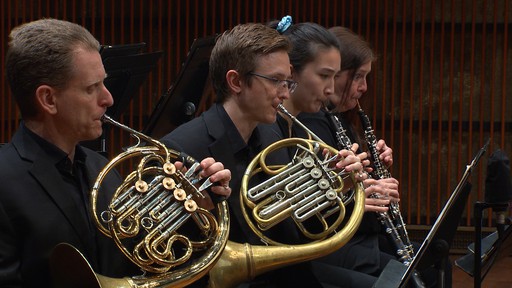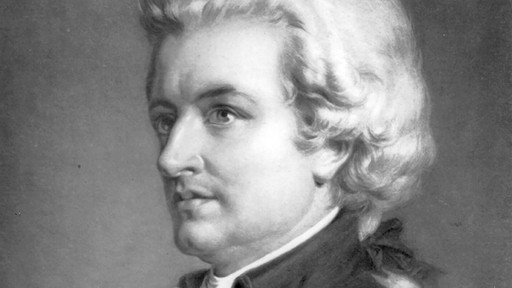
23:22
Associate Director and Editor: Janet Shapiro
Technical Director: Joshua Wyatt
Audio: Cameron Wiley, Classical MPR
Cameras: Rebecca Beam
Score Reader: Jeffrey Stirling
Executive Producer of Digital Media: Matt Thueson
Associate Producer for Digital Projects: Erica Beebe
Associate Producer for Digital Audience Development: Kierra Lopac
